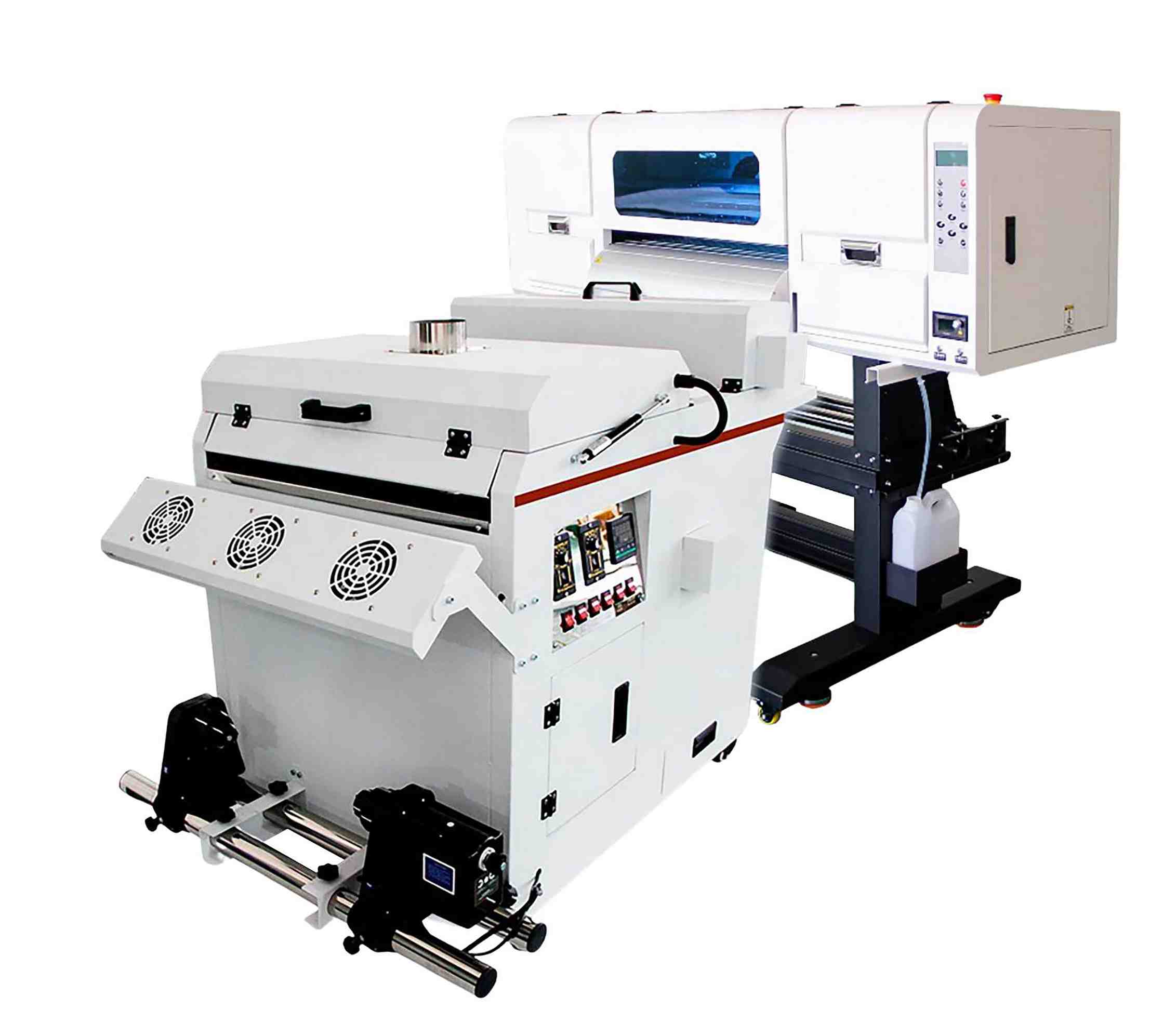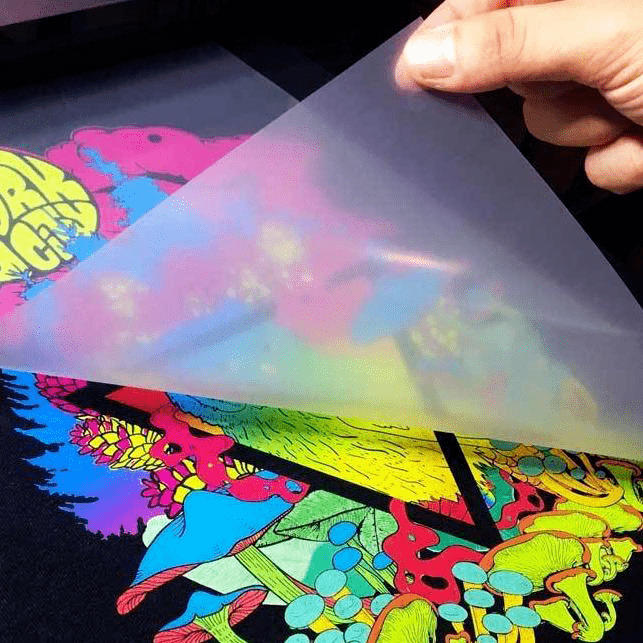A Deep Study DTF Printing: Methods, Advantages, and Market Applications
A Deep Study DTF Printing: Methods, Advantages, and Market Applications
Blog Article
Ultimate Overview to DTF Printing Strategies for Magnificent Textile Styles
Beginning on the trip of grasping DTF printing methods can open a world of possibilities for producing aesthetically fascinating textile designs. As the fabric industry remains to advance, staying ahead of the curve with cutting-edge printing techniques is crucial. In this guide, we will discover the intricate details of DTF printing, from grasping the essential essentials to unraveling advanced color techniques that can boost your layouts to new heights. Keep tuned as we delve right into the nuances of selecting the ideal products, developing the printing procedure, and getting rid of common difficulties to attain magnificent results.
Recognizing DTF Printing Essentials
DTF printing, a process that includes transferring layouts from an unique movie to fabrics making use of heat and pressure, develops the foundation of fabric printing strategies. This innovative technique permits top quality, vibrant styles to be perfectly transferred onto different materials with precision and detail. The very first step in DTF printing includes producing or picking a design that will be printed onto the textile. This layout is after that published onto a special film utilizing a DTF printer, which uses specific dyes or pigments to make sure color precision and sturdiness.
When the style is published on the movie, it is then carefully placed onto the fabric, guaranteeing correct alignment and positioning. The next vital step involves applying heat and stress using a warmth press machine. This process activates the dyes or pigments on the movie, triggering them to sublimate and bond with the fabric fibers completely. The final outcome is a spectacular, long-lasting fabric style that is washable, adaptable, and resistant to fading. Overall, comprehending the basics of DTF printing is essential for grasping this contemporary textile printing method.
Choosing the Right Textile Products
Having actually developed the fundamental concepts of DTF printing techniques for textile styles, the next crucial factor to consider lies in picking the appropriate textile materials to complement this innovative procedure successfully. Furthermore, the stretchability of these materials can accommodate the heat transfer procedure included in DTF printing without misshaping the layout. By selecting the right fabric products, developers can make the most of the possibility of DTF printing to develop sensational and resilient textile styles.

Mastering the Printing Refine
To excel in DTF printing strategies for textile layouts, mastering the printing process is vital for attaining consistent and high-quality results. The printing process in DTF entails a number of essential actions that call for accuracy and attention to information. Preparing the artwork for printing is crucial. This consists of making certain the design is correctly sized and placed for the textile. Next, the layout is printed onto a special DTF movie utilizing a suitable printer with the ideal settings to achieve optimal color vibrancy and clearness (DTF Printing). Once the layout is published, it is after that moved onto the fabric using a warm press machine. The temperature, pressure, and period of warm application must be thoroughly controlled to make certain proper adhesion of the style to the textile. In addition, understanding the peeling off process after warmth pressing is important to avoid any kind of damages to the style or fabric. By refining each of these action in the printing process, designers can regularly create resilient and sensational fabric designs with DTF printing methods.
Enhancing Designs With Color Techniques

Additionally, trying out shade gradients can bring a check my site feeling of motion and fluidity to the style. By mixing shades effortlessly, a gradient result can be achieved, including a modern and vibrant touch to the fabric style. In addition, making use of color obstructing methods can develop striking and vibrant visuals by comparing various strong shades in distinct sections of the design.
Furthermore, incorporating metal or neon colors can give a special and captivating aspect to the textile layout, making it stand out and show a feeling of vibrancy. When purposefully applied, these shade techniques can boost the general visual allure of fabric designs, making them extra unforgettable and captivating.
Troubleshooting Common DTF Printing Issues
After exploring numerous color techniques to enhance textile styles, it is vital to attend to typical DTF printing issues that might occur during the production process. In addition, issues with image clearness and sharpness can happen due to low-resolution images or inappropriate printing strategies. By being conscious of these typical troubles and applying the needed troubleshooting steps, you can boost the total quality of your DTF published textile styles.
Verdict
In conclusion, mastering DTF printing techniques is important for developing magnificent fabric layouts. With method and attention to information, one can develop lovely and unique fabric layouts making use of DTF printing strategies.
Layouts))))
DTF printing, a procedure that includes moving layouts from a special film browse around this web-site to textiles using warm and pressure, creates the foundation of fabric printing methods.Having established the fundamental principles of DTF printing methods for fabric layouts, the next critical factor to consider lies in selecting the ideal textile materials to enhance this innovative process properly. By selecting the right textile materials, developers can take full advantage of the potential of DTF printing to produce long-lasting and stunning textile designs.
To succeed in DTF printing methods for fabric styles, grasping the printing process is important for accomplishing top notch and consistent outcomes. DTF Printing. By refining each of these actions in the printing process, Related Site developers can continually generate durable and sensational textile styles with DTF printing techniques
Report this page